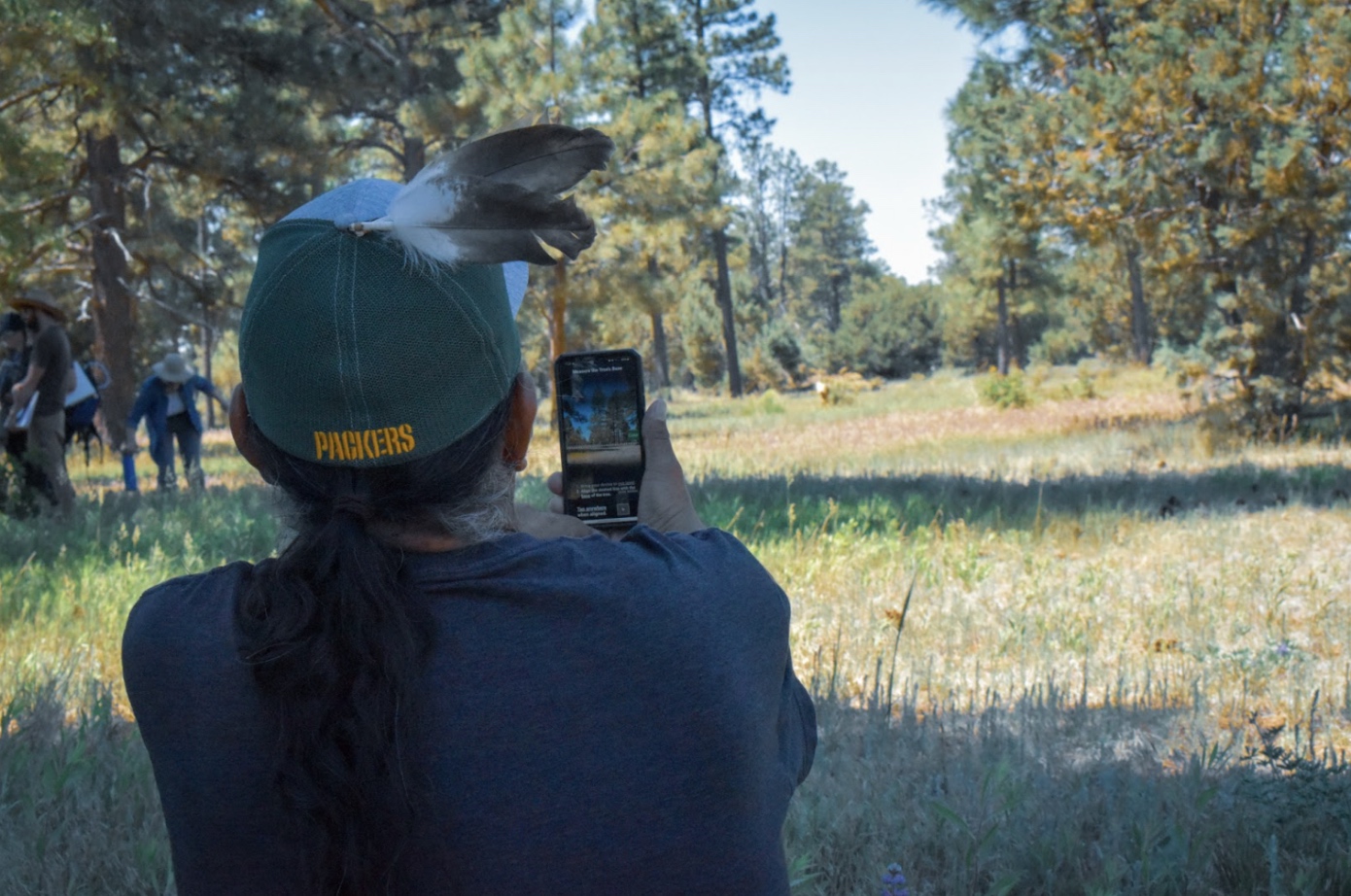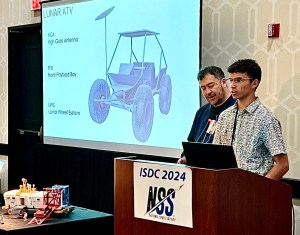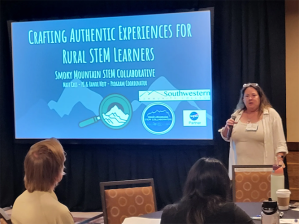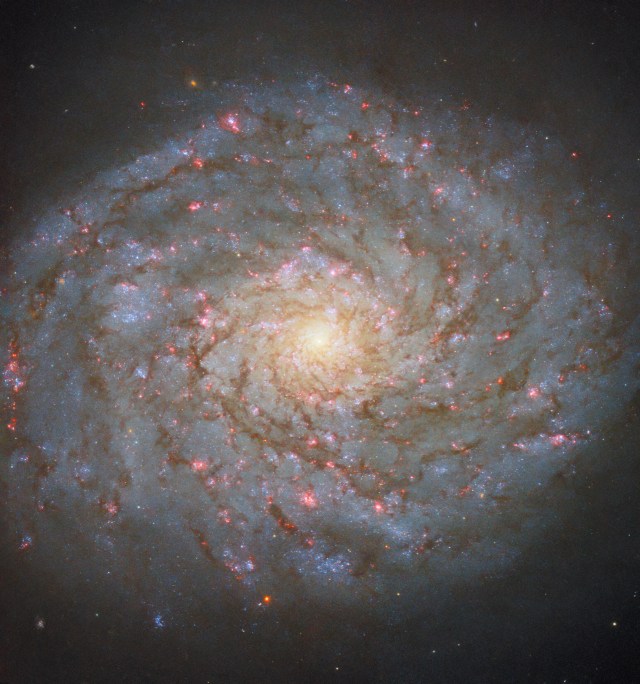Science Activation’s PLACES Team Facilitates Second Professional Learning Institute
The NASA Science Activation Program’s Place-Based Learning to Advance Connections, Education, and Stewardship (PLACES) team successfully led their second Professional Learning (PL) Summer Institute (SI) at Northern Arizona University (NAU) in Flagstaff, Arizona from June 11-13, 2024. The team led a group of 13 educators through a variety of powerful place-based data-rich (PBDR) experiences across […]
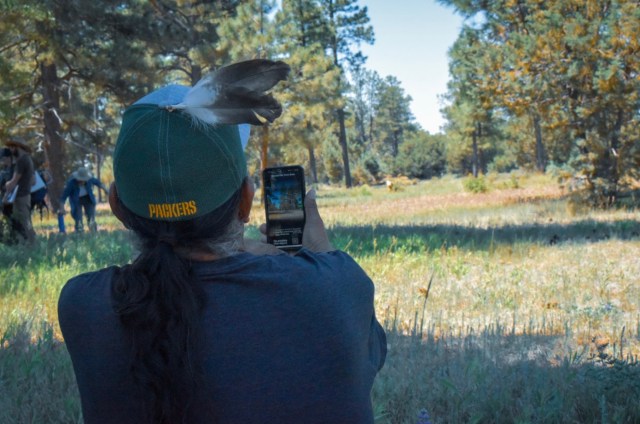
3 min read
Science Activation’s PLACES Team Facilitates Second Professional Learning Institute
The NASA Science Activation Program’s Place-Based Learning to Advance Connections, Education, and Stewardship (PLACES) team successfully led their second Professional Learning (PL) Summer Institute (SI) at Northern Arizona University (NAU) in Flagstaff, Arizona from June 11-13, 2024. The team led a group of 13 educators through a variety of powerful place-based data-rich (PBDR) experiences across the three-day SI. PL kicked off with teachers engaging in an intensive field experience at Hat Ranch that leveraged the ecological expertise of NAU’s subject matter expert, Jared Litson Begay, and using data collection protocols from the NASA-sponsored program, GLOBE (Global Learning and Observations to Benefit the Environment) to better understand piñon pine populations in Flagstaff ecosystems. Following this, teachers moved from their primary data collection experiences to exploring secondary data that expanded on the piñon pine focus by leveraging data and the Data Literacy Cubes from My NASA Data (MND).
Using and reflecting on GLOBE protocols created powerful conversations where teachers saw how place influenced how they engaged in data collection and how data can help develop new place-based knowledge and connections in their contexts. One teacher even shared that “collecting data using the GLOBE app and making observations about data helped me better understand how I can use these practices with my students.” The MND data and Data Literacy Cubes offered educators the pathways to move from their primary data collection experiences to ask and answer new and exciting questions.
In the follow-up survey, teachers shared that they are interested in exploring “additional resources from NASA,” using “local experts or data for small town/rural areas through NASA,” and implementing PBDR instruction using NASA assets in the coming months. 100% of teachers who were surveyed after the PL indicated (1) they agree or strongly agree that they feel greater connection to NASA and knowledge of NASA assets, and (2) they would recommend the PLACES PL to a colleague. In the coming months, the teachers will participate in a virtual Community of Practice where they will implement PBDR experiences in their own contexts, share examples of student work, and elicit feedback from one another to continue improving their practice.
The PLACES team would like to give a huge shout-out to those who contributed to planning, developing, and implementing the NAU Summer Institute!
- Facilitation Team: Sean Michael Ryan (NAU), Lori Rubino-Hare (NAU), Karen Lionberger (WestEd), Frieda Richsman (Concord Consortium)
- Support Team: Lauren Schollenberger (NAU)
- Team Member Participants: Barbie Buckner (NASA Langley), Tracy Ostrom (GLOBE, UC Berkeley), Sara Salisbury (WestEd)
- Observers: Kirsten Dehler, Nicole Wong (WestEd)
PLACES is supported by NASA under cooperative agreement award number 80NSSC22M0005 and is part of NASA’s Science Activation Portfolio. Learn more about how Science Activation connects NASA science experts, real content, and experiences with community leaders to do science in ways that activate minds and promote deeper understanding of our world and beyond: https://science.nasa.gov/learn
Share
Details
Related Terms
What's Your Reaction?































